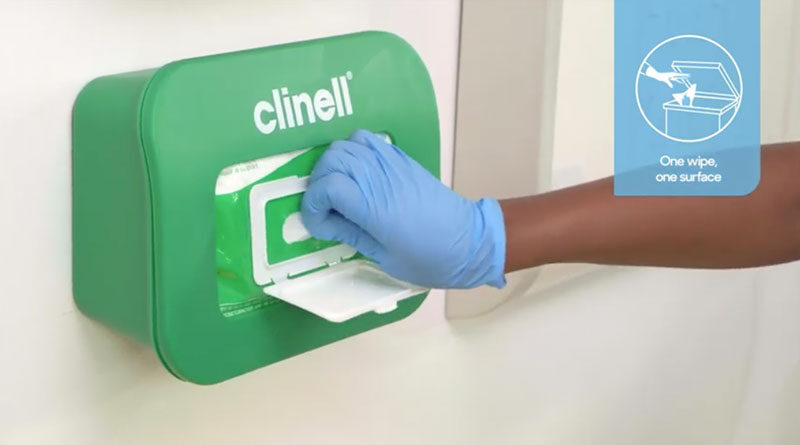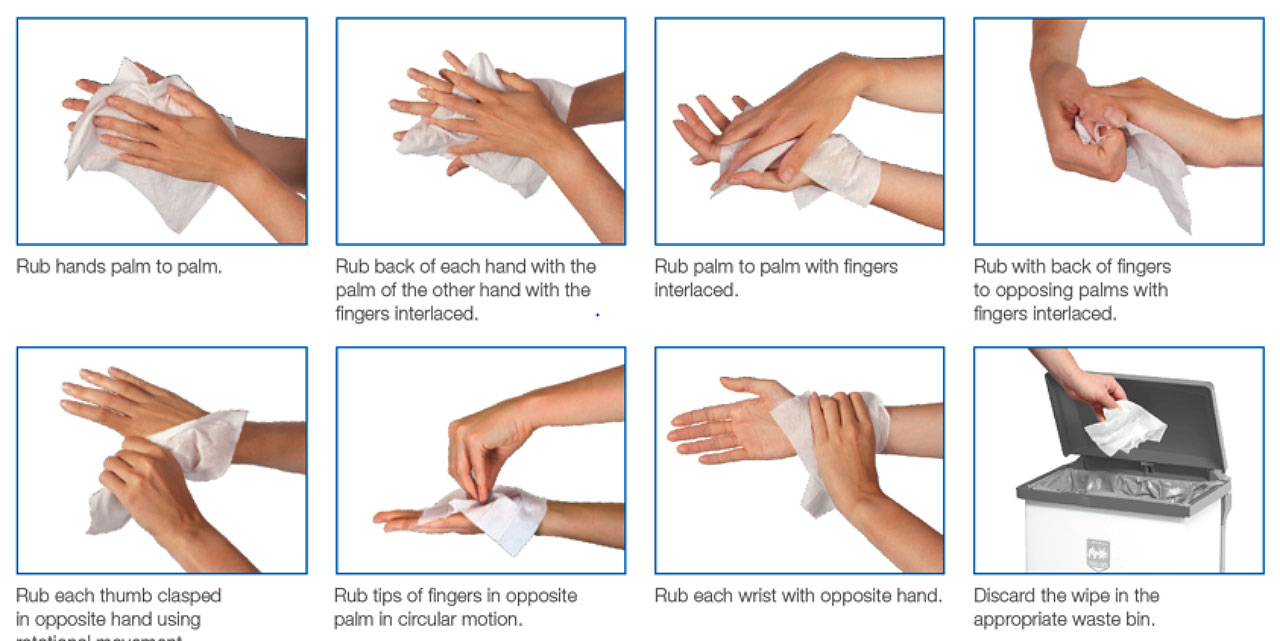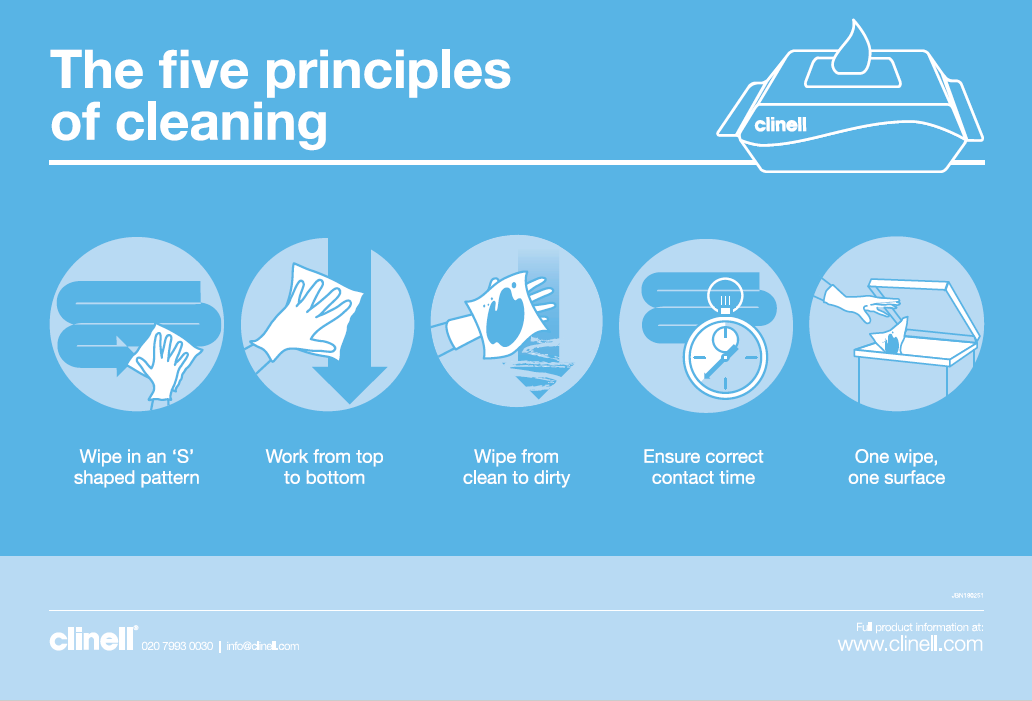Guidance for Staff Returning or Joining the Care Sector
COVID-19 is an infectious disease that is highly contagious (Li, 2020). While most people will experience mild to moderate symptoms, the elderly are at greater risk of becoming seriously or gravely ill. Those who live in care homes are at an increased risk (CDC, 2020).
It is therefore important that care staff or those who a new to the care sector remain vigilant and are up to date on best practice hygiene and infection control as government advice is constantly evolving. This will be key to prevent the spread of the virus in care settings.
Handwashing and hygiene
It is important that care staff wash and disinfect their hands frequently to help limit the spread of the virus. There should also be emphasis on correct handwashing (Aymood et al 2020). Studies have found that correct handwashing can limit the spread of coronavirus by 69% (Nicolaides et al 2020) . Research has found that most people do not wash their hands correctly, forgetting to disinfectant areas such as between the fingers, fingertips and thumbs. Staff should be aware of best practice hand hygiene.
How to disinfect your hands
It is also imperative that staff know when to perform hand hygiene, this includes:
- Before touching a resident
To prevent germs from being transferred to the resident from your hands - Before an aseptic procedure e.g. changing dressings or taking bloods
To reduce the risk of germs entering the body during the procedure. For guidance on dressing changes, Molnlycke Healthcare have a suite of free resources for carers https://www.molnlycke.co.uk/education/wound-areas/wound-healing/how-to-look-after-your-wound/ - After body fluid exposure risk
To protect yourself and the care home environment from harmful resident germs - After touching a resident
To prevent transfer to yourself, the environment and other residents - After touching a resident’s surroundings
To remove germs picked up by touching the resident’s local environment
Personal Protective Equipment
It is important that PPE is available for staff to use. When carers are in close personal contact with a resident, they should wear PPE to prevent the transmission of coronavirus. Staff should also be familiar on what type of PPE to use based on the situation (Public Health England, 2020)
Public Health England guidance recommends the following types of PPE for each situation:
When providing close personal care in direct contact with the resident(s) (e.g.touching) OR within 2 metres of anyone in the household who is coughing
- Disposable gloves – to protect from fluids, secretions and contact from residents body
- Disposable plastic apron – to protect from fluids, secretions and contact from residents body
- Fluid repellent surgical mask – This can be worn throughout the shift, unless staff need to eat, drink or take a break
- Eye protection – protect from secretions and droplets from residents mouth, this is particularly important when a resident is repeatedly coughing.
When within 2 metres of a client or household members but not delivering personal care or needing to touch them, and there is no one within 2 metres who has a cough
- Type 11 surgical mask – This can be worn throughout the shift, unless staff need to eat, drink or take a break (Public Health England, 2020). It may also be prudent to wear visors, but they have been found to limit the inhalation of the virus by 92% (Perencevich, 2020)
Disinfection of surfaces.
Coronavirus can live on surfaces for days. It is therefore important that effective surface hygiene is incorporated daily to prevent the spread of the virus.
Carers undertaking cleaning duties should be aware of the 5 principles of the cleaning. GAMA Healthcare has a suite of free downloadable resources which can be shared amongst colleagues and provided to in house or agency cleaning staff. These include posters that can be put up as a daily reminder www.gamahealthcare.com/coronavirus/resources. All waste should be put aside for 72 hours before being put inside the household.
By incorporating these practices into daily duties, carers can help limit the spread of the infectious disease and protect themselves as well as residents.
References
Li H, Lui S, Yu X (2020) Coronavirus disease 2019 (COVID-19): current status and future perspectives. International Journal Antimicrobial Agents. 55:5, 2-6. https://www.ncbi.nlm.nih.gov/pmc/articles/PMC7139247/pdf/main.pdf
Centers for Disease Control and Prevention (2020) https://www.cdc.gov/coronavirus/2019-ncov/need-extra-precautions/older-adults.html
Alzyood M, Jackson D, Aveyard H (2020) COVID‐19 reinforces the importance of handwashing. Journal of Clinical Nursing. 1-2. https://www.ncbi.nlm.nih.gov/pmc/articles/PMC7267118/pdf/JOCN-9999-na.pdf
Nicolaides C, Avraam D, Felgueroso L (2020) Hand‐Hygiene Mitigation Strategies Against Global Disease Spreading through the Air Transportation Network. International Journal of Risk Analysis. 40:4. https://onlinelibrary.wiley.com/doi/epdf/10.1111/risa.13438
Wilkinson et al. J Hosp Infect. 2018;98(4):339-44.
Public Health England (2020) https://www.gov.uk/government/publications/covid-19-how-to-work-safely-in-care-homes
Perencevich E, Diekema D, Edmond M(2020) Moving Personal Protective Equipment Into the Community.JAMA.323:22.2252-2253.https://jamanetwork.com/journals/jama/fullarticle/2765525



